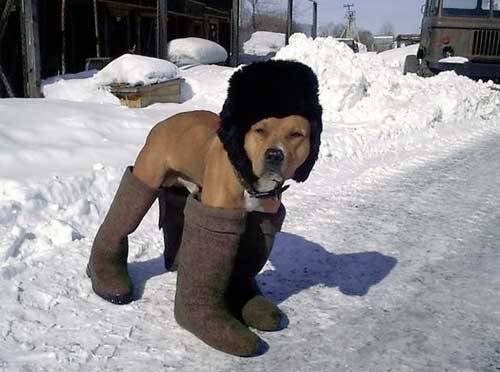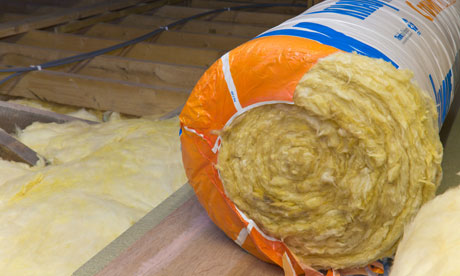research into cold and damp shows it doesnt rise (rising damp in houses is a myth)
And all these years they have been adding damp course and membranes under concrete, a complete waste of time and money.

research into cold and damp shows it doesnt rise (rising damp in houses is a myth)
research into cold and damp shows it doesnt rise (rising damp in houses is a myth)
so damp doesnt creep up walls of old houses because they didnt have any damp course then?
So if you go lie in a field the dampness you get on the underside has run down from above?
so
Never seen any damp or condensation in my hives..
This was interesting when it was first published
http://www.architectsjournal.co.uk/...a-myth-says-former-rics-chief/5204095.article
There's this too http://www.askjeff.co.uk/rising_damp.html
Makes you think, a bit, perhaps?
research into cold and damp shows it doesnt rise (rising damp in houses is a myth)

 with rab - shelter from elements (ie windbreak) and change to poly would've been a sensible idea mid season.
with rab - shelter from elements (ie windbreak) and change to poly would've been a sensible idea mid season....
"Sealed plastic bubbles is not that different from polystyrene" = Goooood heavens!!! I have not met that bubble sheet has been used in house insulation. It is wrapping material, not for insulation.
...
.
it is used with layers of foil as housing insulation
http://www.amazon.co.uk/Loft-Bubble-Foil-Insulation-SFBA/dp/B0056GAO18
The majority of my loft is covered is with a layer of foil bubble insulation to reduce summer temp, got it from that well known DIY store B + Queue.

Enter your email address to join: